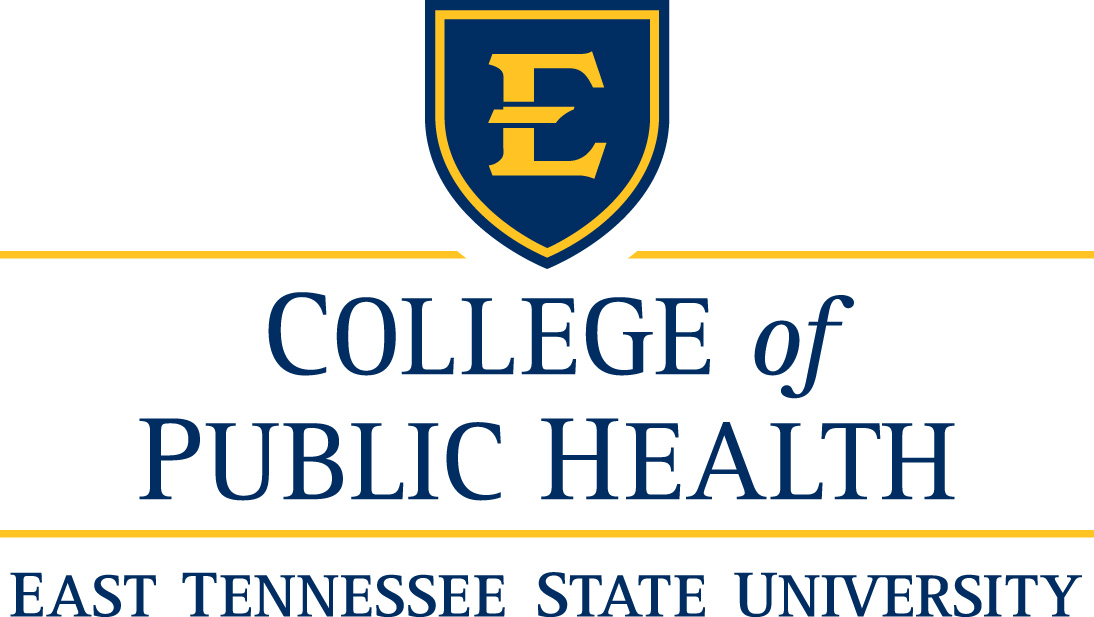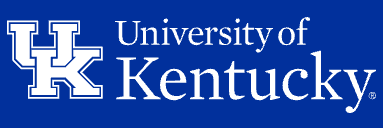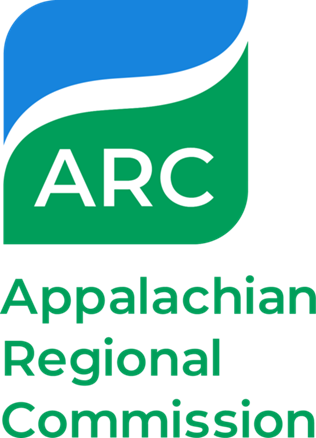Abstract
Introduction: Medication-assisted treatment (MAT) is an evidence-based therapy for opioid use disorder (OUD) that has not been fully implemented in rural areas due to patient, provider, and logistical barriers. Limited information is available on provider perceptions of barriers to MAT in rural Central Appalachia which has very high rates of OUD compared to the rest the United States.
Purpose: Determine perceived barriers for potential prescribers to using MAT, including buprenorphine, as part of treatment for OUD in West Virginia.
Methods: A 30-question, anonymous survey was sent to physicians, physician assistants and advanced practice registered nurses using an online link. Link was distributed through the WV Medicaid provider list, professional association and institutional contact lists, and social media. Comparisons were made by provider waivered or non-waivered status.
Results: Overall, 84% of waivered providers (n = 77) and only 8% of non-waivered providers (n = 341) indicated ever prescribing a form of MAT for OUD; 73% percent of waivered providers were currently prescribing MAT and accepting new patients with OUD. Only 4% of non-waivered providers were currently prescribing MAT and 21% were currently accepting new patients with OUD. Lack of available mental health and psychosocial support services and concerns about diversion or misuse of medication were the top perceived barriers to implementing MAT programs.
Implications: Implementing strategies to improve access to behavioral health care including telehealth and apps, provider training and addressing stigma around OUD treatment were identified as priorities that would help increase providers’ willingness to prescribe medications for OUD treatment.
DOI
https://doi.org/10.13023/jah.0302.04
Creative Commons License

This work is licensed under a Creative Commons Attribution 4.0 License.
Copy of Survey Questions
Recommended Citation
Sheppard AB, Young JC, Davis SM, Moran GE. Perceived Ability to Treat Opioid Use Disorder in West Virginia. J Appalach Health 2021;3(2):32–42. DOI: https://doi.org/10.13023/jah.0302.04








Comments
Thank you for the opportunity to revise and resubmit. We have provided responses to each reviewers comments in the Cover Letter.